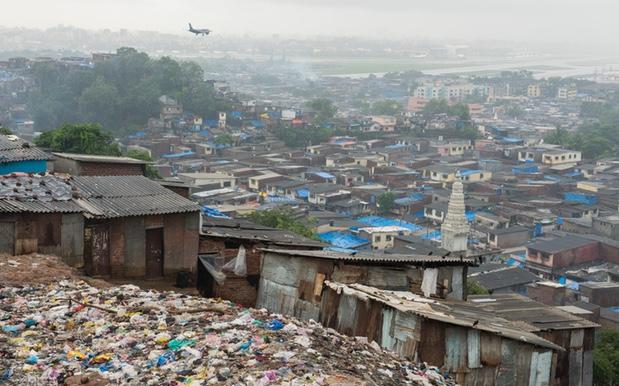
One of the ways that international organisations and NGOs have tried to improve conditions in the developing world is through the establishment of microfinance programs – offering group loans, credit schemes and investment money to individuals with the hope that they’ll go out and establish profitable ventures.
They’ve been championed by many leaders, like Indian Prime Minister Narendra Modi.

It’s not going as well as many hoped. Research from Western Sydney University and Cass Business School indicates serious problems in South Asia, where microfinance programs are widely used in India and Bangladesh. The communities in these countries are not equipped with the skills, education and infrastructure that makes proper investment possible, and the stress of the interest schemes of these loans has led to “hundreds of suicides” in India alone.
“The theory behind microfinancing poor nations is that it will encourage entrepreneurial skills, increase income generating activity and empower the poor. This will in turn increase access to health and education. However, our research tells a different story,”says Dr Laurel Jackson, from Western Sydney University’s School of Business, who conducted research on the problem in Bangladesh.

She told PEDESTRIAN.TV that this money, intended to finance private sector, entrepreneurial efforts, is offered to the ultra-poor sectors of the community, many of whom live on less than $2 a day. The money is used for essentials and family support, which – absent proper investment – sends the borrower deep into debt.
Worryingly for an Australian audience, Jackson observes similar trends here, largely in Western Sydney and similar communities. She says that payday loans, credit schemes and businesses like CashConverters cause similar problems, where low-income families are trapped in difficult financial situations when they use these services to fund their basic material needs.
What’s the solution? Jackson believes the answer is in collective and public investment – putting that money into proper infrastructure like schools and hospitals, rather than throwing it at individuals and hoping they make something of it.
Ensuring that there are solid income earners in these communities is also paramount.
“If impoverished communities are to truly be empowered, we need to provide more opportunities for these communities to tell their own stories about the real situations to help with their real needs. Basically, we can start to empower them by listening,”says Dr Jackson.
Source: Western Sydney University / Laurel Jackson.
Image: Hindustan Times.



